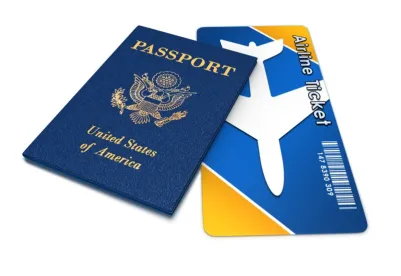On Feb. 24, 2015 the Department of Homeland Security issued a final rule providing for employment authorization for certain H-4 dependent spouses. This is one of the most significant changes to employment-based immigration to occur in many years.
Who is eligible? Only certain H-4 dependents of H-1B nonimmigrants are eligible for employment authorization. The benefit is limited to H-4 dependent spouses (i.e., not children) of H-1B nonimmigrants who are the principal beneficiaries of an approved Immigrant Petition for Alien Worker (Form I-140), or who have been granted H-1B status in the United States under the American Competitiveness in the Twenty-first Century Act of 2000 (AC21), generally by exhausting six years of H-1B eligibility and being the beneficiary of an I-140 which is retrogressed or a labor certification that has been pending with the government for at least one year.
When does the H-4 employment authorization rule take effect? DHS will begin accepting Applications for Employment Authorization (Forms I-765) submitted by eligible H-4 dependent spouses on May 25, 2015.
How long will the EAD be valid? DHS has stated that, in general, the EAD will have a validity period that matches the H-4 spouse’s remaining authorized period of admission. This may be as long as three years.
When can an EAD extension be filed? DHS will permit H-4 dependent spouses to either file a “stand alone” Form I-765 application for employment authorization or to concurrently file their Form I-765 application with their Application to Extend/Change Nonimmigrant Status (Form I-539), and if applicable their spouses’ Form I-129 petition. Such a concurrent filing may be made up to six months in advance of the requested start date. USCIS will not, however, adjudicate the Form I-765 application until a determination has been made on the underlying Form I-539 application and/or Form I-129 petition, thus increasing pressure on employers to premium process H-1B/H-4 petitions and extensions.
As a side note, prior USCIS guidance (02/22/2002 Yates Memorandum on Spousal Employment) has indicated that concurrent filing of the I-765 with the I-539 for L-2 spouses (a non-immigrant visa category similar to H-4) is permitted, but in practice such concurrent filings are often not accepted by USCIS. Thus, it is possible that there may be challenges in successfully filing the I-765 concurrently with the I-539.
What is the USCIS filing fee for the EAD? The filing fee is $380.
Issues of concern for employers:
I-9 Compliance: H-4 EADs will have a limited duration of no more than three years. Employers must ensure that the EAD expiration date is tracked to ensure that the H-4 employee timely provides proof of employment authorization and does not work without authorization. It is important to remember that the H-4 spouse must have the EAD in hand to establish employment authorization; a receipt is not acceptable for I-9 purposes. Moreover, employers may want to consider warning new hires that it is the employee’s responsibility to ensure continuous employment authorization and that failure to do so can have serious consequences, up to and including termination of employment.
Costs: The H-4 employment authorization rule requires that the H-1B spouse be the beneficiary of an approved Form I-140, or for those individuals who have exhausted H-1B time, have an I-140 or PERM application pending for at least one year. Employers may experience increased pressure from their H-1B employees to expedite the green card process so that the H-4 spouse may take advantage of this new employment authorization rule, including urging premium processing of the I-140.
The final rule permits the concurrent filing of an H-1B petition, Application to Extend/Change Nonimmigrant Status (Form I-539) and an Application for Employment Authorization (Form I-765). Employers should update their immigration policies to address whether they will pay the additional cost associated with the filing of work authorization for H-4 spouses when hiring H-1B workers or make this the responsibility of the H-1B worker.
Employers should know that the costs (both legal fees and government fees) associated with an I-140 petition (including premium processing); H-4 application; and H-4 EAD are permitted to be borne by the foreign national. These are not business expenses that are required to be paid by the employer. On the other hand, U.S. Department of Labor regulations make clear that all costs associated with the PERM process must be borne by the employer. Costs associated with the H-1B process must be treated on a case-by-case basis.
Backlogs: USCIS has indicated that it anticipates receiving 179,600 applications for H-4 EADs during the first year of availability. This volume of filings may result in lengthy delays in adjudicating EAD applications. The last time USCIS was faced with a similar surge in filings, in the Summer of 2007, EAD processing regularly took 120 days or more to complete. It would not be surprising to see similar delays for adjudicating initial H-4 EAD applications, leaving many foreign nationals unable to work while they wait for a final approval.




 />i
/>i

